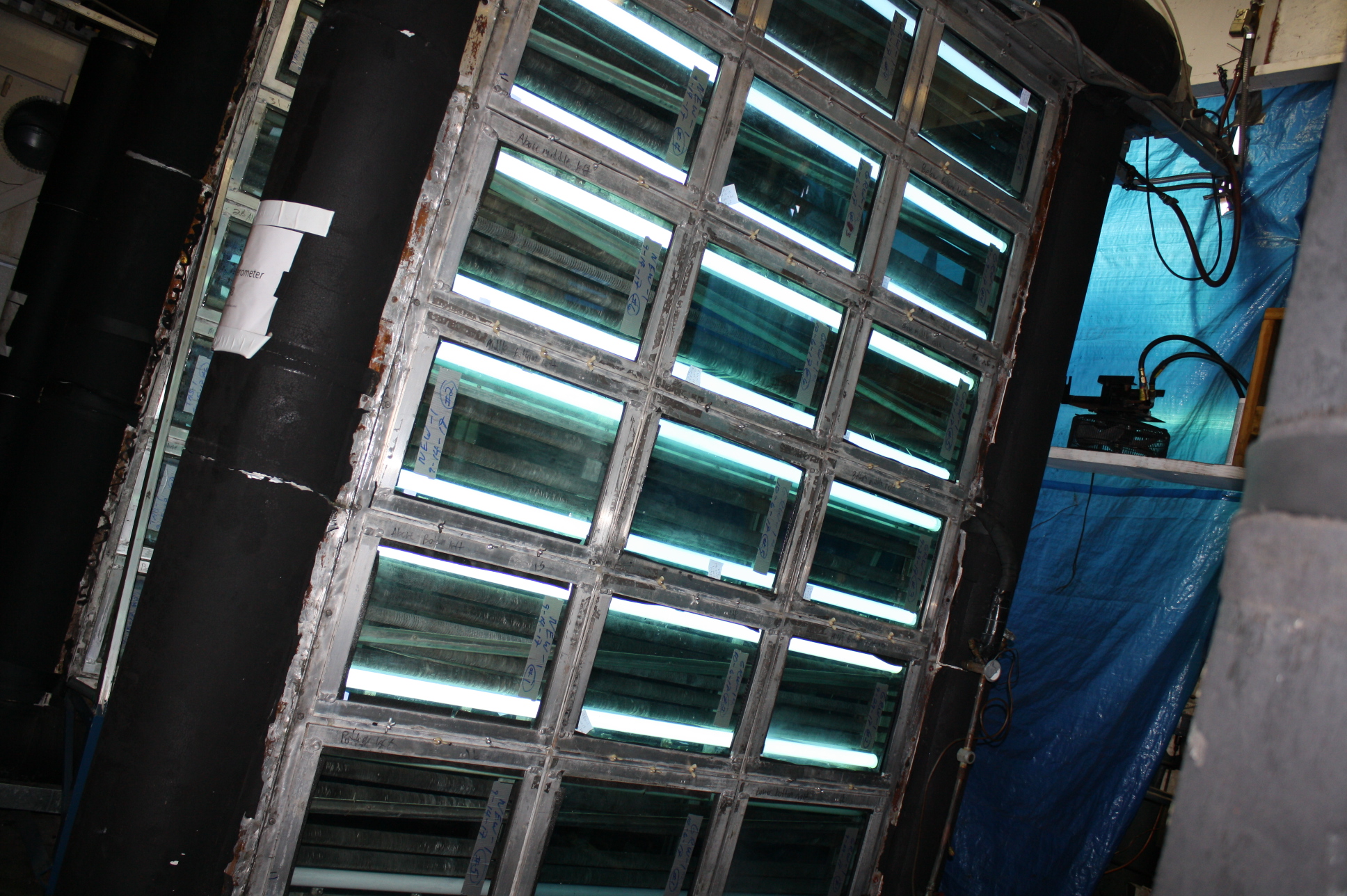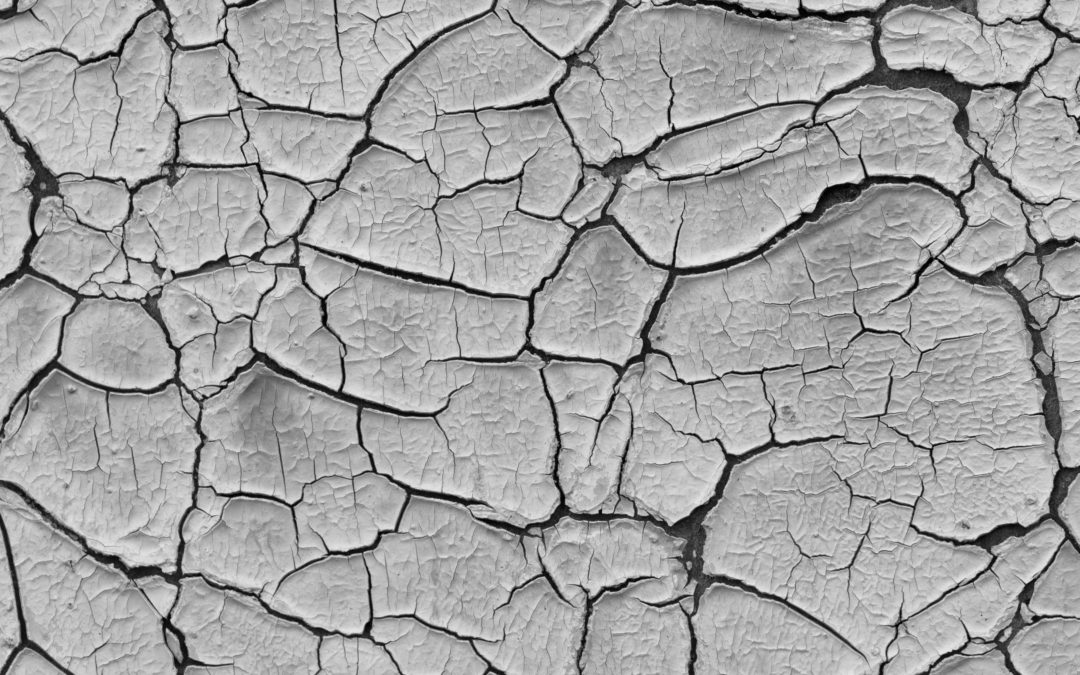Paint is a ubiquitous substance in homes, buildings, and on the vehicles we use every day. Paint covers most of the surfaces within buildings and cars and protects the underlying materials. All the while, environmental factors such as UV rays, gravel, objects, heat, water, and oxygen all continually break down paint. A rigorous set of specification and test methods help product engineers measure the durability of paint and develop better products. Factors involved in paint are; how long the paint lasts, its adherence to the substrate, and how long the paint will maintain its color. Several testing procedures have been developed to test paints on how they perform over time when subjected to these environmental factors. These conditions and the respective testing methods are defined below.
Paint Discoloration
Over time, the paint will change color due to exposure to UV light and exposure to chemical attack. UV light tends to lighten the color of paint and can affect the structural property of paint and make it crack. Chemical attacks occur from environmental exposure to acid rain, salt, traffic pollution, industrial proximity, or other sources of chemicals. ASTM D4587, ASTM G154, and ASTM G155 standards measure the ability of a paint to resist deterioration caused by a range of exposure elements such as heat, UV light, and water. The actual testing is conducted in UV exposure chambers such as the ones pictured below:

ASTM B117 is a standardized test that measures the corrosion resistance of paint coated samples by subjecting them to a salt spray. Salt spray testing is fast, inexpensive, and repeatable. Corrosion is complicated and can be influenced by external factors such as temperature. ASTM G85 is a similar test standard that evaluates the resistance of coated metal to cyclic exposure under the corrosive environments specified in various annexes.
Wear and tear
Over time, painted surfaces are exposed to physical contact with; flying objects, humans, animals, and vehicles. This physical contact can cause wear on paint or chipping of the surface. Product development engineers will conduct tests to determine how the paint will hold up over time.
Automobiles are particularly vulnerable to the effects of paint chipping due to gravel and stones hitting the surface. Chip resistance is tested according to ASTM D3170. Testing is conducted with the use of a device called a Gravelometer, which blows gravel and rocks with air pressure against the test surface. The Gravelometer will evaluate the resistance of automobile coatings (paint, chrome, clear coating, and polymers) to chipping caused by the impacts of flying gravel and other objects. Resistance to chipping is reduced at lower temperatures because of the decreased flexibility of the material. The testing will show the relationship between lower temperature and reduced resistance to chipping.
Paint drying times
In the construction business, time is an important consideration. Building schedules are often compressed and require speed to completion. It is essential that the application of paints are made so they are dry and suitable to continue to the next phase of construction or for habitation. Several test methods cover the determination of different stages of paint drying and curing of coatings at room temperature. Paint drying times are specified under ASTM test procedure D1640. These tests provide contractors and builders a guideline for the conditions and timeframes to observe.
Paint Adhesion problems
Adhesion strength is determined by the bonds formed between one material and another. Examples of adhesive issues are blistering and lifting of the paint surface. Several adhesion test methods exist and vary according to the type of paint system, temperature, and the nature of the substrate used (smooth, firm, rigid, weak, flexible). ASTM D4541 and ASTM D5179 are test methods that measure the pull-off strength (adhesion) of paint from metal or rigid surfaces. The test involves two different kinds of analysis. ISO 4624 is a test method that compares adhesion performance of different coatings on a range of different substrates. It is useful in providing ratings for a series of coated samples exhibiting significant differences in adhesion. ASTM D2197 tests the adhesion of coatings, paints, lacquers, and varnishes when applied to smooth surfaces. ASTM D3359 is another method used to test the adhesion of film coatings on metallic and other rigid surfaces by scoring, applying, and then removing pressure-sensitive tape much like hair removal.
About 75% of paint durability failures are related to adhesion problems. The remaining failure cases are related to discoloration or other visual change such as cracking and crazing. About 90% of all these problems can be avoided by proper surface preparation before applying the paint coating. Surfaces that contain nail heads, cracks, holes, and other imperfections need to be coated and primed before using paint. Metals also require preparation to remove dust, grease, rust, and oils. The fact is that most paints will perform to a high standard, but improper preparation will lead to paint failures. Only about 1% of paint failures result from problems with the chemistry of the paint.


what wattage is the ultra violet light used for testing the paint?